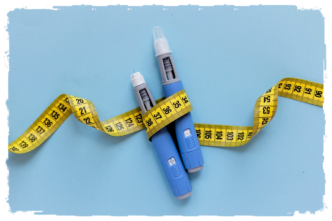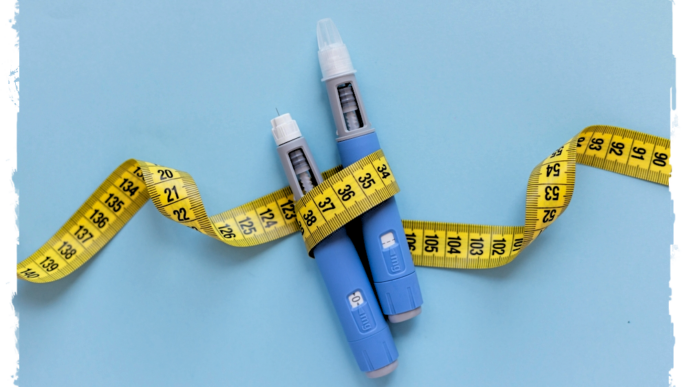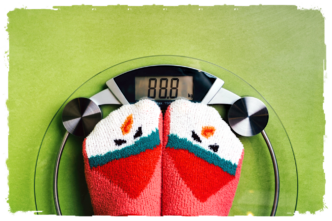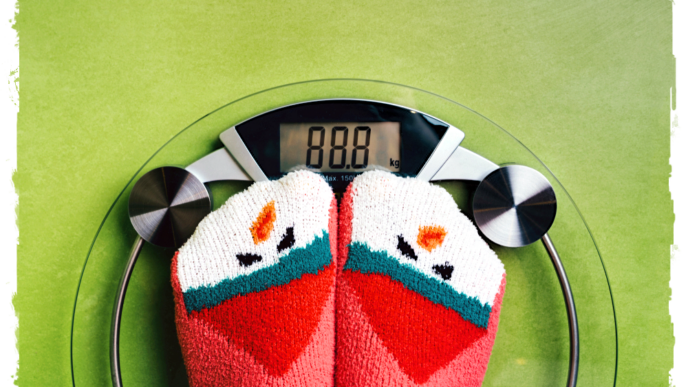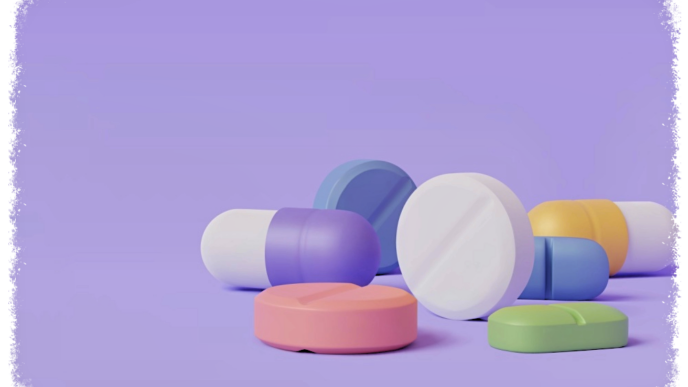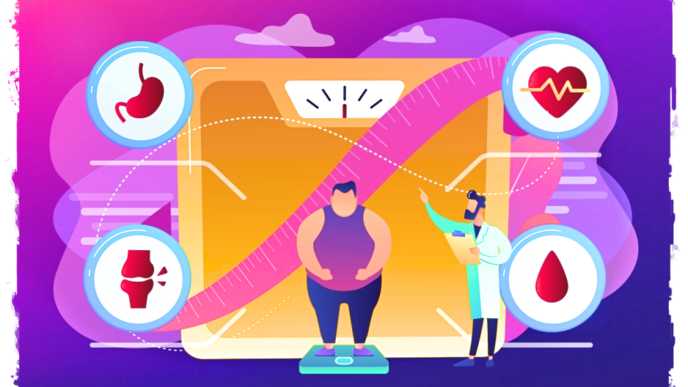WORDS PANK JIT SIN
If you are like everyone else who practices good dental hygiene, you’ve probably brushed your teeth this morning. Which toothbrush did you use?
It is safe to assume most of us use a manual toothbrush.
I recently went for a regular dental checkup and was told my gums were receding. My dentist advised me to get an electric toothbrush as it would prevent my gums from receding further. Having recently seen a video of how manual toothbrushes were better at removing dirt than electric ones, I was somewhat confused.
So, what does a good writer do? We do some research. Here’s what I found.
ELECTRIC TOOTHBRUSHES
- According to a scientific review, which looked at 51 studies with about 4,600 participants, electric toothbrushes are capable of significantly reducing plaque over short- and long-term use.
- Similarly, electric toothbrushes reduce the risk of gingivitis more than manual toothbrushes in the short and long term.
- However, as it is a review of existing studies, the strength of the review was considered to be of moderate quality. This means it isn’t a foregone conclusion, and further research may change the situation.
- For now, it looks like electric toothbrushes are better than manual ones.
- While the hard work of manual brushing is already done by the motor of the toothbrush, however, the highspeed movement and vibration of the device can still cause damage to gums and teeth if the user is not careful!
Which Electric Toothbrush is Right for You?
Not all electric toothbrushes are equal.
There is a difference even within electric toothbrushes. It appears that electric toothbrushes that oscillate and rotate (circular motions) are better at cleaning plaque than those that create side-to-side movements.
Try the following:
- Use of plaque disclosing tablets to determine which toothbrush is more effective for an individual person.
- Perform a simple test of using a manual toothbrush to clean your teeth and then use the tablet to check for plaque remnants.
- Then the next day, try brushing their teeth with an electric toothbrush and test with the plaque disclosing tablet again to see the amount of plaque left after brushing.
- The difference will allow you to decide on the best option for you.
| Plaque disclosing tablets are chewable tablets that stains plaque that is present on teeth. It is usually made of vegetable dye that makes the plaque stand out and is either red or blue in colour. Although it isn’t a common item, these tablets can easily be purchased online. |
HOW ABOUT MANUAL TOOTHBRUSHES?
Manual toothbrushes are much cheaper than electric toothbrushes.
Generally, toothbrushes are divided into soft, medium and firm bristle types. Within these three types are the numerous designs, angles, and materials that go into the bristle production.
A Korean study says that:
- The length of the bristle head should be 2.14 to 3.05 cm for men and 2.09 to 2.96 cm for women.
- The length of bristles should be 1.07 cm for men and 1.03 cm for women.
- The width of the toothbrush head should be 7.7 mm.
- The neck of the toothbrush should be 3.13 cm for men and 3.0 cm for women.
While the study was done on Koreans, they should not stray too far from our measurements as they are also Asian in terms of size.
While this may sound confusing, the best advice would be to test out a few types of toothbrushes and find out which one fits you the best.
OTHER TYPES OF TOOTHBRUSHES
Beyond the usual round or oblong toothbrush heads we are used to, there are some uncommon types in the market.
- The interdental toothbrush is good for cleaning between teeth and dental braces.
- The end-tufted toothbrushes are specially made to clean the wisdom tooth area and also crooked teeth with odd angles that are hard to reach using normal toothbrushes.
TO CONCLUDE
- Whichever toothbrush you choose, remember it doesn’t negate the recommended twice-yearly visit to your dentist.
- Regular visits to the dentist not only ensure your teeth and mouth are in good condition, it will also help doctors detect abnormalities early.
- These includes receding gums, oral cancers, dry mouth, fungal infections, and taste impairment.
| This article is part of our series on dental health. |
References:
- Yaacob, M., Worthington, H. V., Deacon, S. A., Deery, C., Walmsley, A. D., Robinson, P. G., & Glenny, A. M. (2014). Powered versus manual toothbrushing for oral health. The Cochrane database of systematic reviews, 2014(6), CD002281. https://doi.org/10.1002/14651858.CD002281.pub3
- Chun, J. A., & Cho, M. J. (2014). The standardization of toothbrush form for Korean adult. International journal of clinical preventive dentistry, 10(4), 227–235. https://doi.org/10.15236/ijcpd.2014.10.4.227







